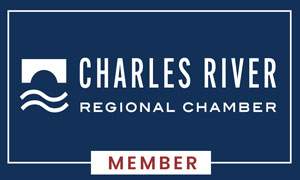Understanding the MHPAEA: Enhancing Mental Health Parity and Equity
The Paul Wellstone and Pete Domenici Mental Health Parity and Addiction Equity Act of 2008 (MHPAEA) was passed to ensure that individuals in group health plans or with group or individual health insurance coverage who seek treatment for covered mental health conditions or substance use disorders do not face greater barriers to accessing benefits for such mental health conditions or substance use disorders than they would face when seeking coverage for the treatment of a medical condition or for a surgical procedure.
Ensuring Parity: Key Provisions of the MHPAEA
The MHPAEA mandates that the financial requirements and treatment limitations applicable to mental health benefits or substance use disorder benefits be “no more restrictive” than the predominant requirements and limitations applicable to substantially all medical/surgical benefits.
Proposed Rule Changes by HHS: Strengthening Mental Health Parity
HHS has proposed a new rule to amend the existing NQTL standard to prevent plans and issuers from using NQTLs to place greater limits on access to mental health and substance use disorder benefits as compared to medical/surgical benefits. As part of these changes, these proposed rules would require plans and issuers to collect and evaluate relevant data in a manner reasonably designed to assess the impact of NQTLs on access to mental health and substance use disorder benefits and medical/surgical benefits and would set forth a special rule with regard to network composition. The proposed rules would also sunset the provision for self-funded, non-Federal governmental plan elections to opt out of compliance with MHPAEA, thus requiring many more plans be subject to mental health parity testing requirements.
Key Elements of the Proposed Rules
- Provide specific examples that that make clear that plans and issuers cannot use more restrictive prior authorization and other medical management techniques for mental health and substance use disorder benefits; standards related to network composition for mental health and substance use disorder benefits; and factors to determine out-of-network reimbursement rates for mental health and substance use disorder providers
- Require plans and issuers to collect and evaluate outcomes data and take action to address material differences in access to mental health and substance use disorder benefits as compared to medical/surgical benefits, with a specific focus on ensuring that there are not any material differences in access as a result of the application of their network composition standards
- Codify the requirement that plans and issuers conduct meaningful comparative analyses to measure the impact of NQTLs. This includes evaluating standards related to network composition, out-of-network reimbursement rates, and prior authorization NQTLs
- Extend the same requirements and framework in these proposed rules to individual health insurance coverage in the same manner and to the same extent as would apply to group health insurance coverage
Partnering with Horman Actuarial Solutions: Navigating the Changes
Here at Horman Actuarial Solutions, we can help you with both QTL and NQTL mental health parity testing, especially as additional health plans will be subject to MHPAEA with the passage of these proposed rules.









